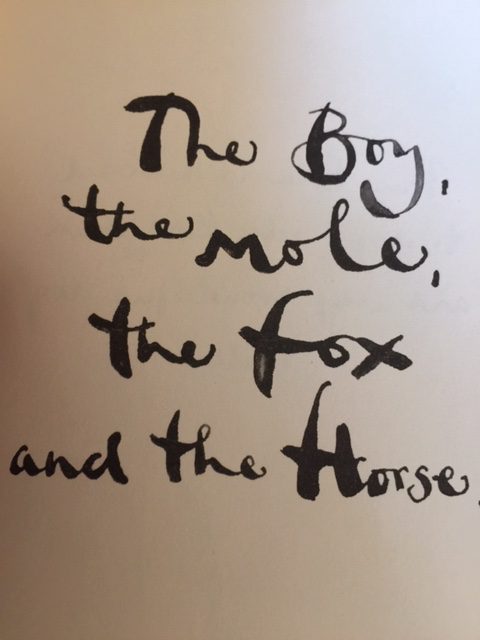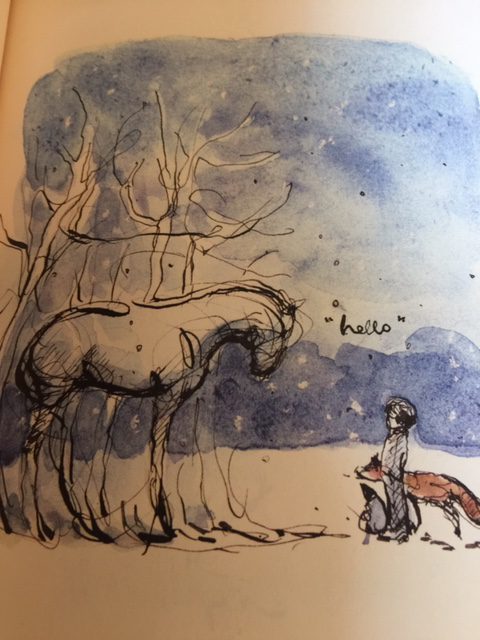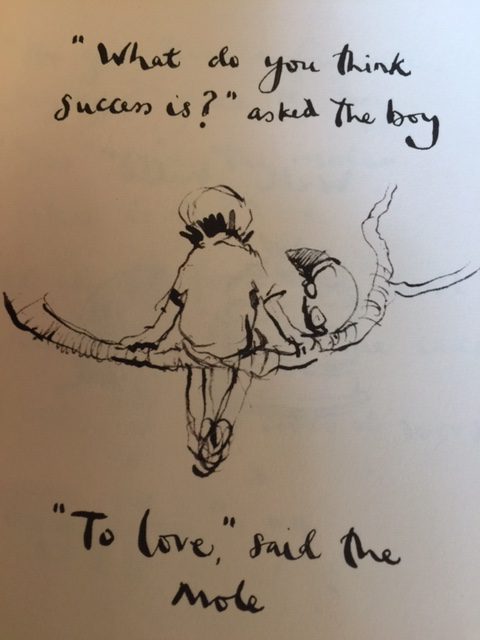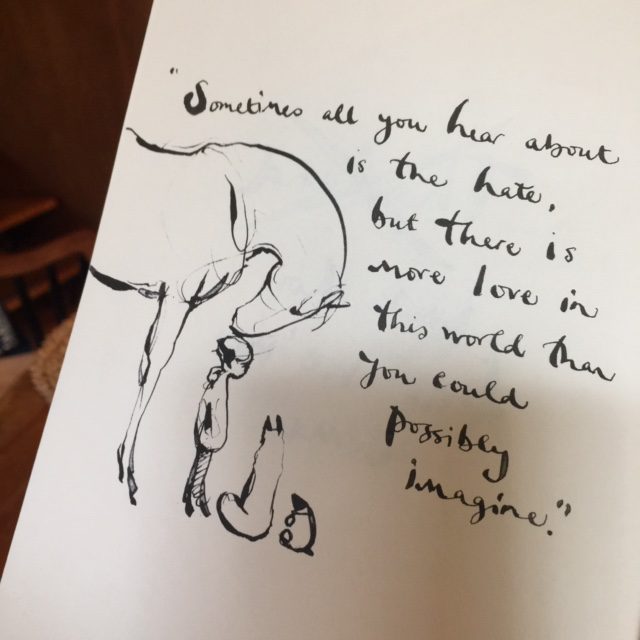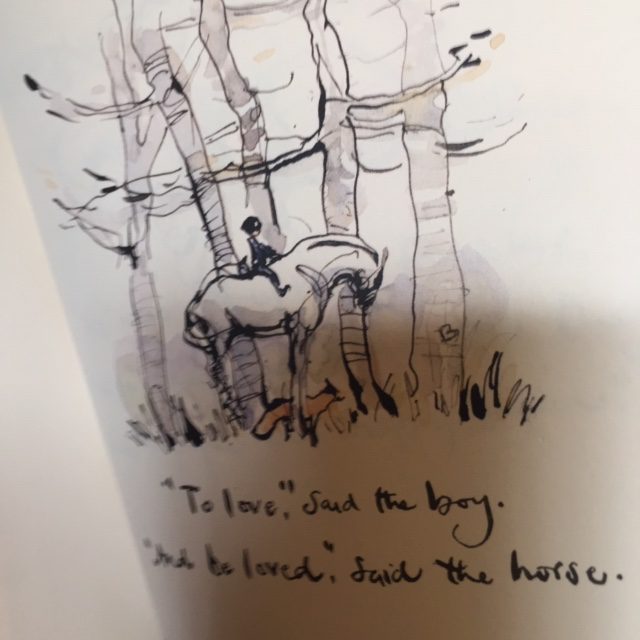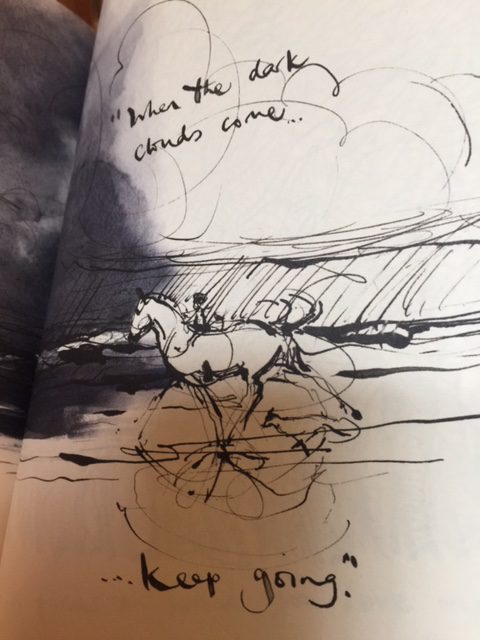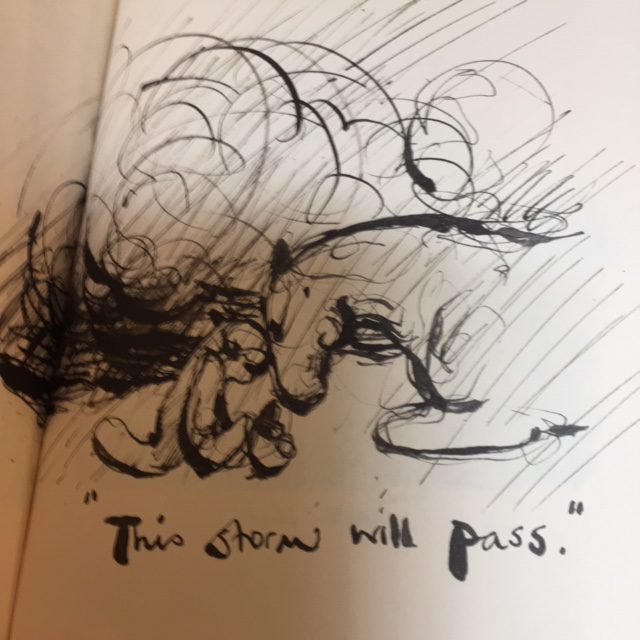The post in your blog about friendly architecture had me a little puzzled at first, as this is a new way of thinking for me about architecture. I had observed that architecture of makes a statement, for example through form and function, but friendliness hints at the subtle effects that architecture has on the soul and the senses. Shortly after reading the article, I found myself exploring the map of the US, curious about places and regions where I used to live or had traveled. A memory arose in my consciousness about a road that I used to drive on my way between Baltimore and the Albany, NY area shortly after graduating from college in the early 1970’s.. The road is The Taconic State Parkway.
Here’s an excerpt from Wikipedia under the heading of Scenery:
Landscape architects such as Gilmore Clarke worked closely with engineers and construction crews during the Taconic’s construction, often on site. Some features of the road’s design address practical considerations and increase safety. Curves that climbed or descended were banked to increase vehicle traction and permit better drainage. Likewise the curves in undulating terrain are located to reduce blind spots at crests and keep the sharpest turns out of valleys. These also make sure that views of distant landscapes open up on downgrades and on long curves, when they are less distracting.[12]
Closer to the road, on the northern sections in Columbia and Dutchess counties, the road was routed to showcase a nearby view of wooded hillside or a farm. Since trucks were not permitted on the road—for some time, this even included privately owned pickup trucks used solely for personal use—in many sections tree branches overhang the roadways, creating a park-like canopy. The curve of the northbound AMVETS Memorial Bridge over Croton Reservoir echoes the surrounding hills. On the medians and berms, plantings were carefully planned to maintain continuity with the surrounding woods. On the descent into Peekskill Hollow in Putnam Valley, the trees and shrubs above the retaining wall on the east side were transplanted from the path of the highway, which retained the appearance of the local forest and saved money.[13] Overpasses, both carrying roads over the parkway and carrying it over roads, were faced in native stone.[12] Grade intersections, usually a feature engineers tried to avoid, which initially helped keep local east–west routes open[14] and connect the parkway to the landscape it traversed,[15] have since either been closed or replaced by overpasses.
As a result, the Taconic has been the subject of much praise over the years not only for its vistas but for the way it harmonizes with the surrounding landscape. Sociologist Lewis Mumford, who often criticized the effect of superhighway construction on contemporary cities, always advised friends traveling up from New York to visit him at his house in Amenia that they should take the Taconic.[16] He described it as “a consummate work of art, fit to stand on a par with our loftiest creations”.[17] The engineers, he said, had avoided “brutal assaults against the landscape.” Albany-born novelist William Kennedy, whose family frequently drove the Taconic during his childhood to visit relatives further south, called it “a 110-mile [180 km] postcard. It’s the most beautiful road I’ve ever known—in all seasons.” “You can drive it with confidence”, said automotive writer David E. Davis. “There are no bad surprises about the way the road is engineered.”[18] Landscape architect Garret Eckbo called the Taconic “as lovely an integration of highway engineering and landscape architecture as one could hope to find”.
Commenting on this years later, architecture critic Matthew Gandy wrote:
Clarke’s design for the Taconic State Parkway, for example, provides a vivid example of a new kind of mediation among nature, technology and society, with what appears to be a delicate balance between the new infrastructural project and an imaginary natural order. Implicit within this aesthetic dialectic is the notion of engineering as an art form that can in some way embellish or even improve upon nature: there is no radical disjuncture here but a sense of aesthetic progression and purity of form.[19]
So there you have it, one example of “friendly” architecture.
___________________________________________________
Billy found the following Taconic State Parkway photos from Googling. He learned from Ed Wuenschel’s writing above that indeed FRIENDLINESS is a JOYFUL FEELING created thru THOUGHTFULNESS and UNDERSTANDING of HUMAN NATURE and our INTIMATE RELATIONSHIP to NATURE :
FRIENDLINESS, indeed, privides a warm feeling of COMPANIONSHIP WITH THE SURROUNDING and the satisfaction of FEELING THE WONDERFUL BRIDGING and CONNECTING.



_________________________________________________________________________
